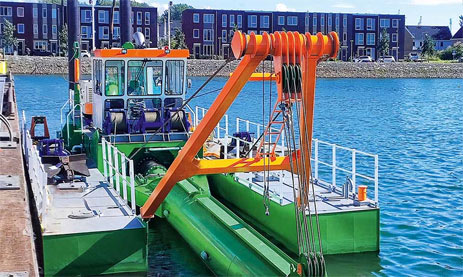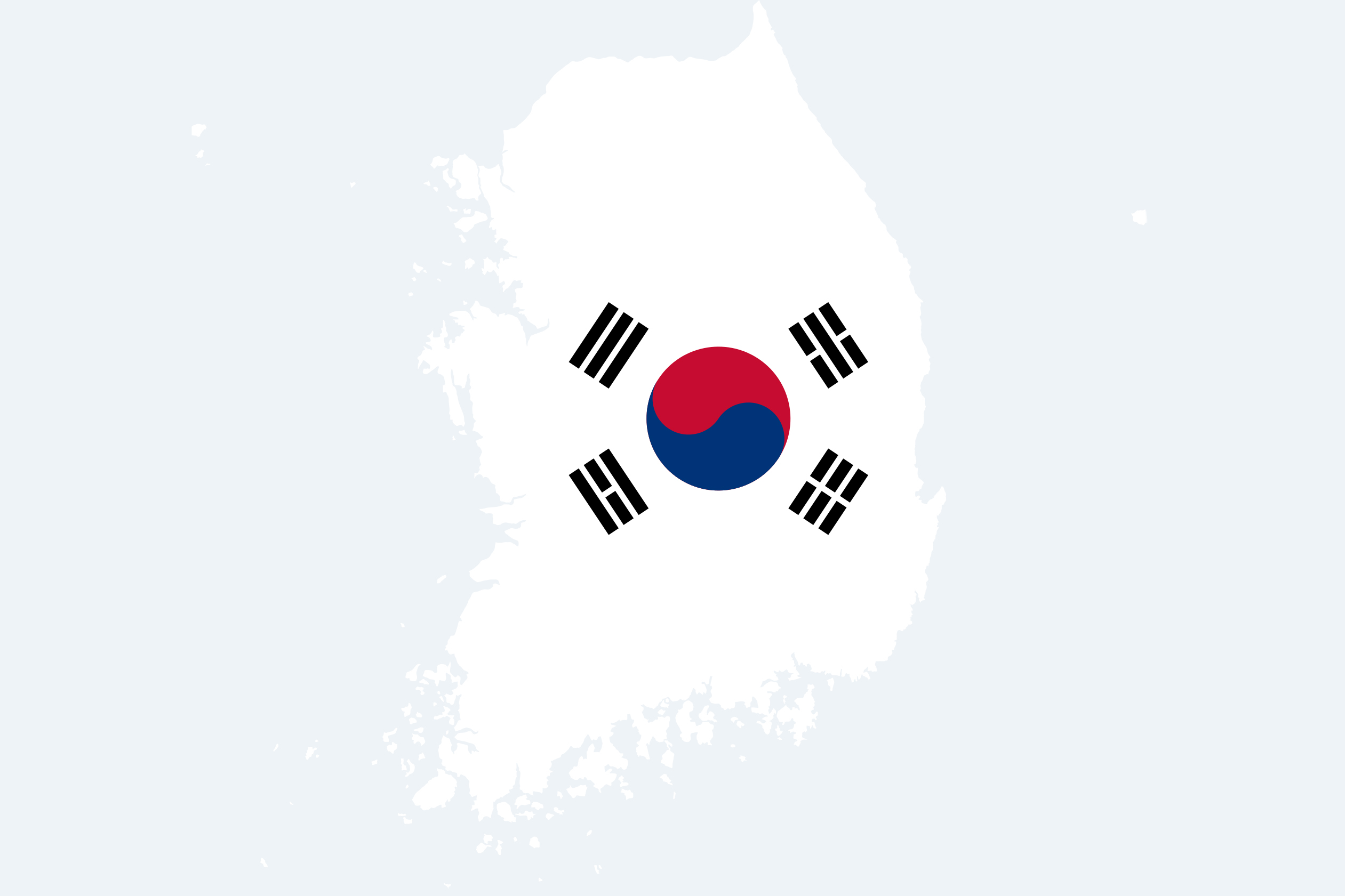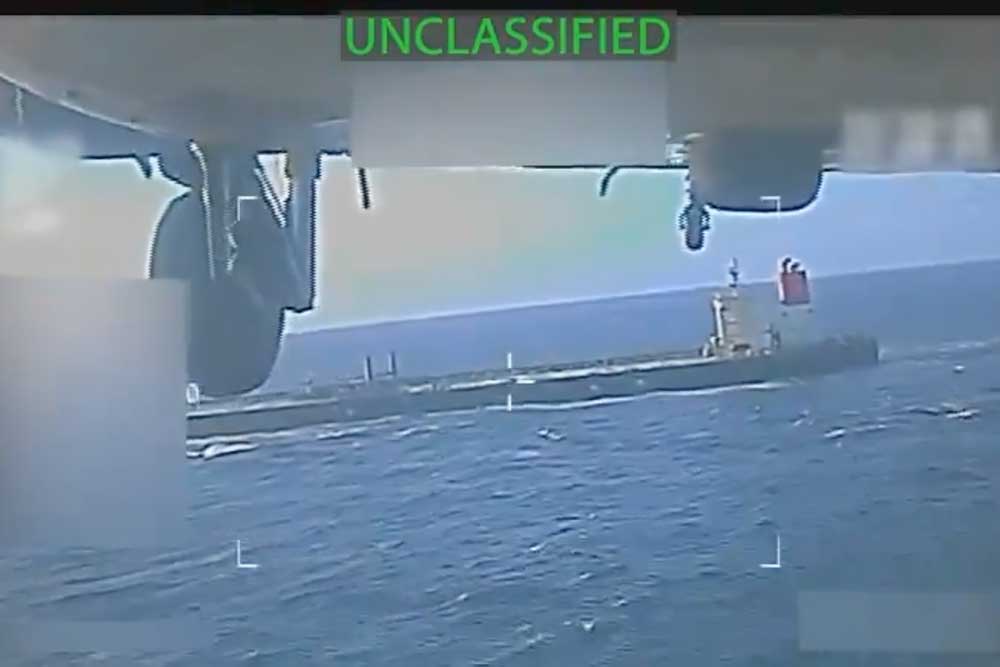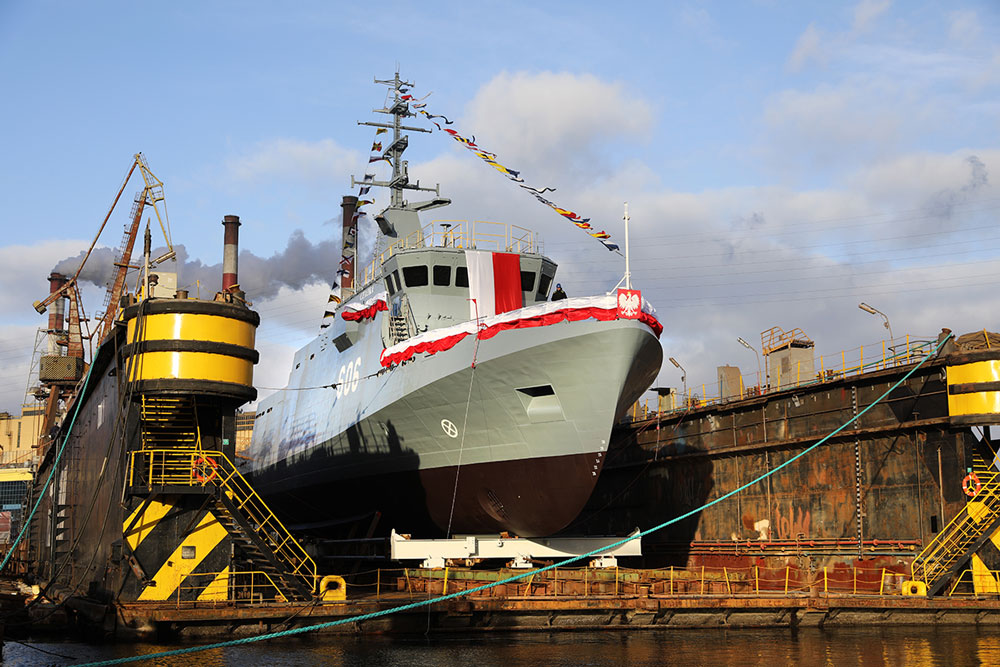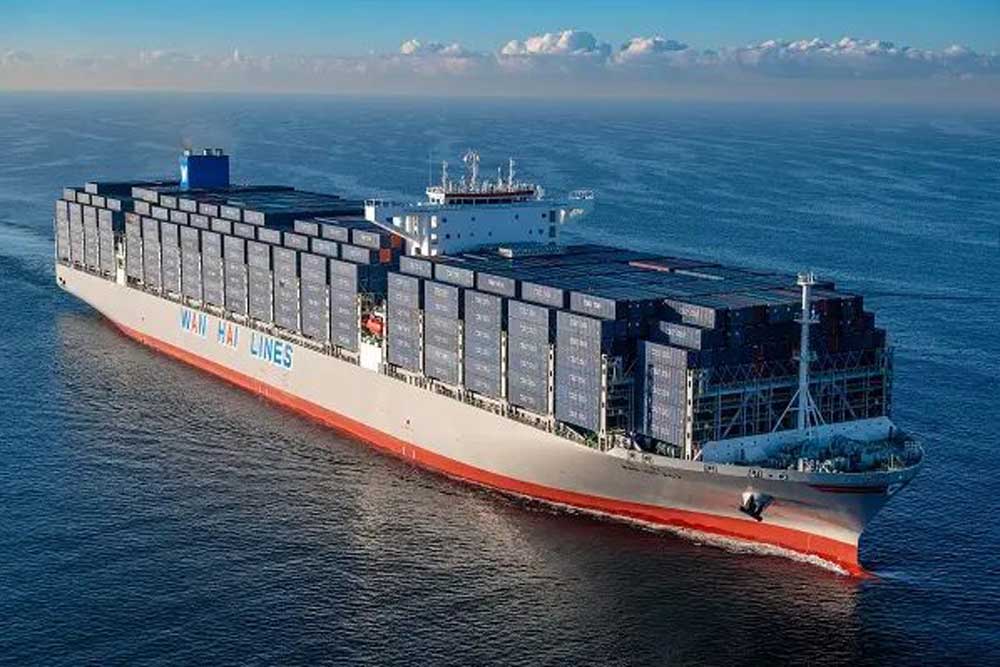The return of land bridges, new canals and the ice: the Panama and Suez Canals have been indispensable for world trade for over two centuries. But their dominance is beginning to falter.
Not only technological and climatic changes, but also geopolitical power games and new infrastructure that call classic sea routes into question are involved.
As a report by the Australian think tank Lowy Institute in The Interpreter magazine shows, alternative routes are becoming increasingly strategically important.
The Panama Canal is reaching its limits. Many of the new large container ships do not fit through the locks. Added to this is the increasing scarcity of water. The El Niño drought in 2023 forced the authorities to drastically reduce transit capacities. Although a new reservoir is being planned, doubts remain about the long-term sustainability of the canal. Panama is under political pressure. Cooperation with China’s Belt and Road Initiative is due to end in 2026. In addition, the Chinese port operator CK Hutchison has withdrawn from the strategically important ports of Balboa and Cristobal.
Nicaragua is stepping into this power vacuum with a new attempt at an old mega-project. A 278 km long canal, three and a half times as long as the Panama Canal, is to connect the Atlantic and Pacific. President Ortega brought the USD 50 billion (€45 billion) project back into play at the end of 2024. The focus is exclusively on China, with American investors being left out. Critics warn of Nicaragua’s political instability and the failure of previous attempts. However, in view of growing trade conflicts with the USA, Beijing could get serious this time and establish not just a new waterway, but a new geopolitical axis.
The return of land bridges
At the same time, alternatives to the waterway are gaining relevance. Mexico’s Tehuantepec Corridor is to connect the Atlantic and Pacific oceans via a 303 km long land bridge, including rail routes, warehouse logistics and airports. The project is significantly cheaper and quicker to implement than a canal. Other Central American countries are also pursuing comparable “dry canals”. Although the transport capacity is lower than that of a sea route, they could be a flexible addition for certain goods and routes in future, especially in times of increasingly fragile supply chains.
Trade on thin ice
Russia is pursuing ambitious plans in the far north. President Putin wants to use nuclear-powered icebreakers to make the Northern Sea Route (Northeast Passage) along the Arctic coast navigable all year round. The passage is up to 15 days faster than the route via Suez, but is also the result of climate change. This raises moral questions: Is it permissible to profit from melting ice? In any case, Russia has created facts. Over €178 billion is flowing into Arctic infrastructure. Canada is also looking into opening up the Northwest Passage, but there are conflicts of sovereignty with the USA.
The question remains: Will this relieve global supply routes or merely divert them politically? New routes mean new dependencies. And the more states see access to maritime corridors as geopolitical leverage, the more fragile the foundations of the open global economy become. (rup)








